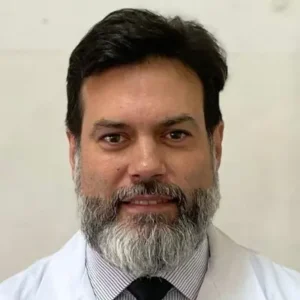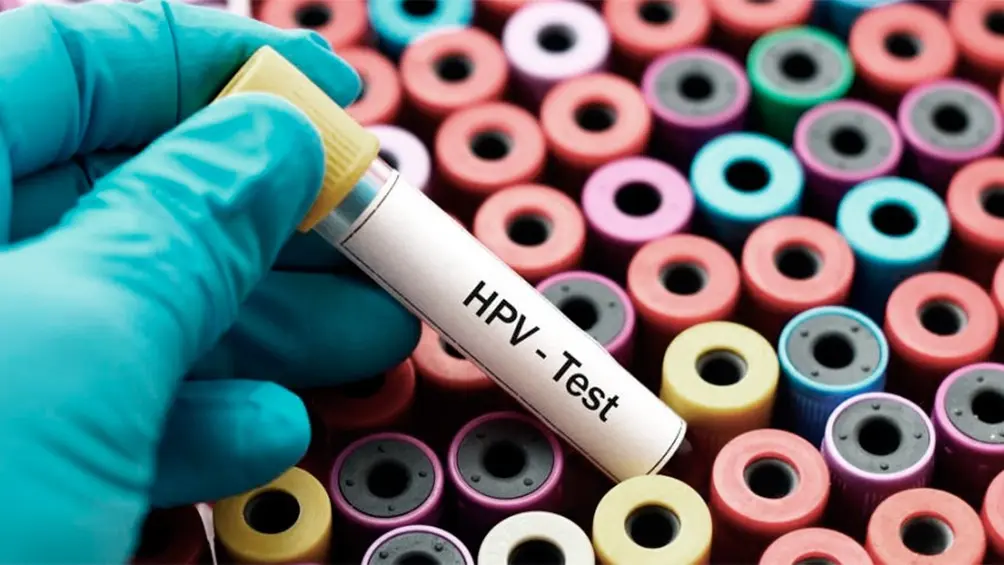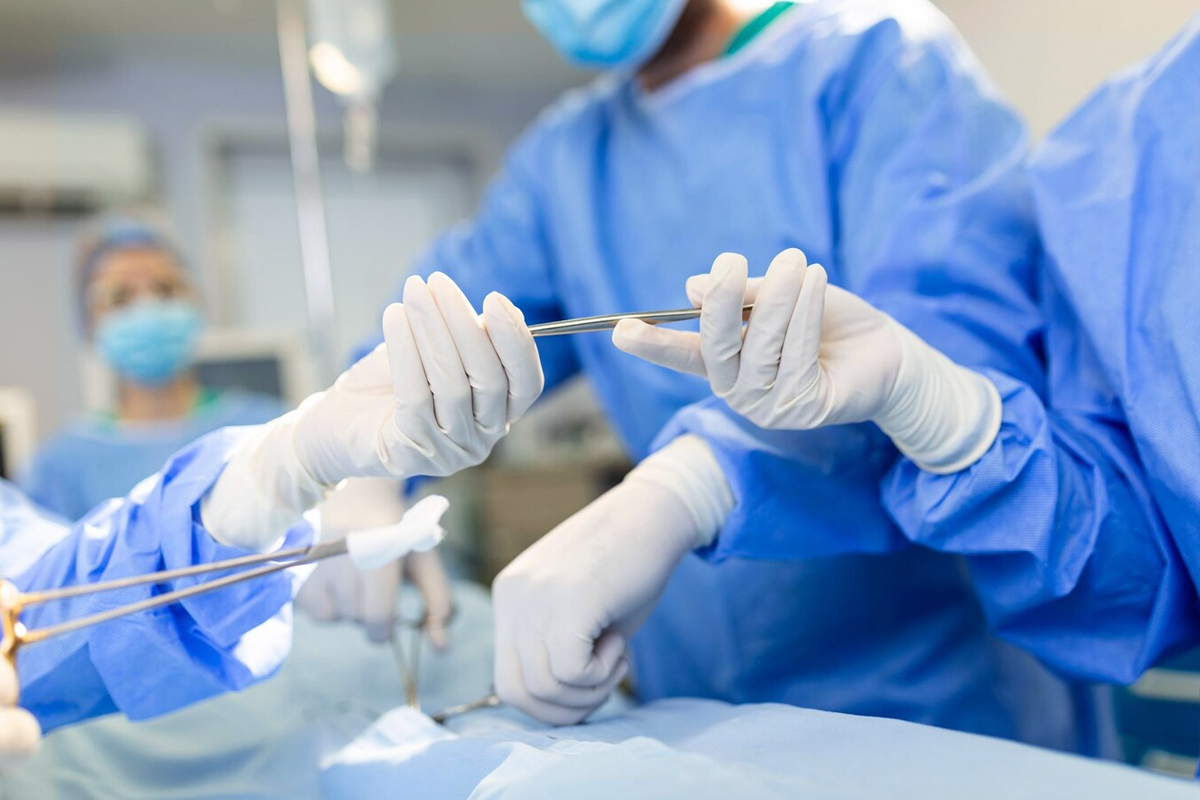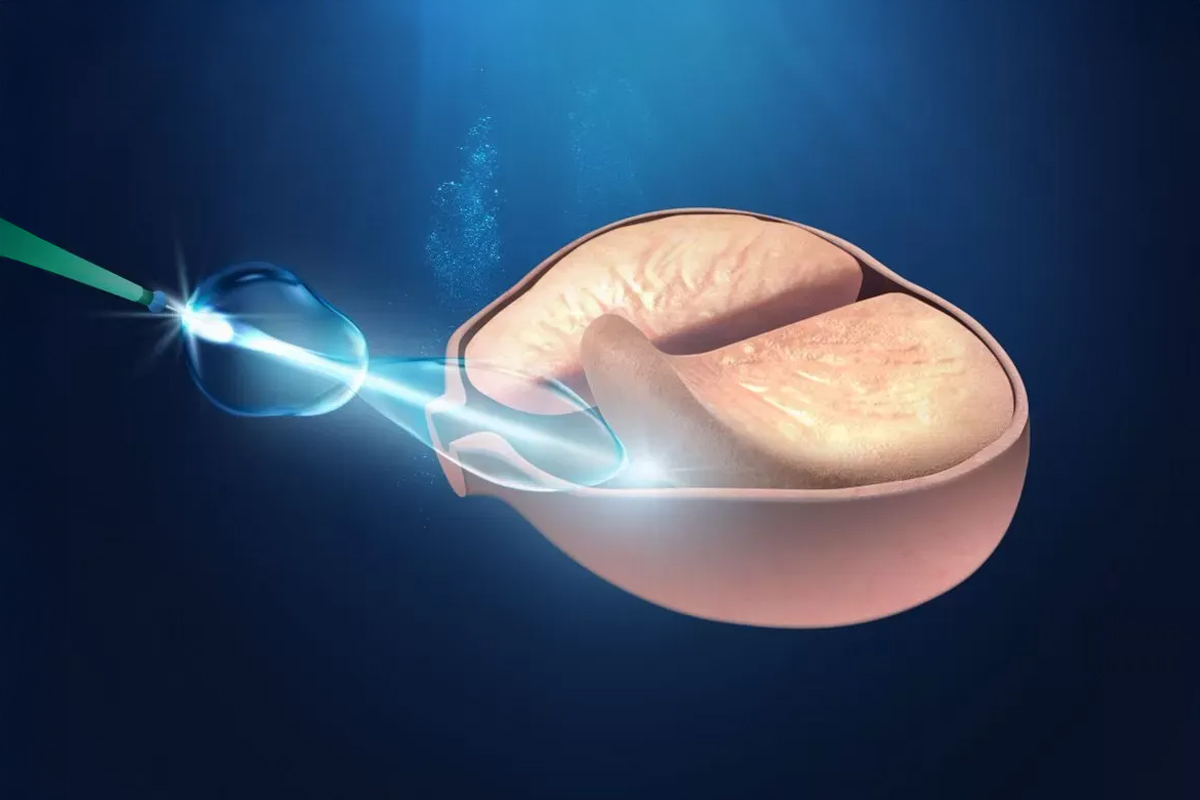El HPV en el hombre es actualmente una de las infecciones de transmisión sexual más frecuentes. Se estima que afecta a entre el 1-2% de la población sexualmente activa. Aunque la mayoría de las infecciones suelen presentarse en personas de mediana edad, en los hombres también es común la adquisición del virus, lo que refleja tanto los hábitos sexuales como la inmunidad adquirida. En muchos casos, las infecciones se resuelven de forma espontánea, aunque es posible la reinfección con diferentes tipos del virus. El HPV en el hombre puede ser asintomático, pero en algunos casos puede derivar en complicaciones como verrugas genitales o, en situaciones menos frecuentes, ciertos tipos de cáncer.

El HPV en el hombre: una infección frecuente y poco visibilizada
El Virus del Papiloma Humano (HPV) es actualmente una de las infecciones de transmisión sexual más comunes. En los hombres, se estima que afecta entre el 1% y 2% de la población sexualmente activa. Aunque muchas veces pasa desapercibida, su impacto puede ser significativo. La mayoría de las infecciones se presentan en personas de mediana edad y, en muchos casos, se resuelven espontáneamente. Sin embargo, existe la posibilidad de reinfección con otros tipos del virus.
Vías de transmisión y síntomas
La forma principal de contagio es el contacto sexual. El período de incubación suele ser de 1 a 3 meses, aunque puede extenderse hasta 6 meses antes de que aparezcan verrugas genitales. Estas lesiones son comunes en el glande, la región perianal e incluso en la boca, como resultado del sexo oral. La mayoría de los pacientes relaciona el inicio de los síntomas con la aparición de nuevas parejas sexuales.
El HPV puede permanecer en estado latente en las células epiteliales por largos períodos. Esto permite que la infección persista de forma subclínica y sin síntomas visibles. De hecho, estudios estiman que hasta un 40% de los casos pueden ser asintomáticos, detectados solo mediante análisis de ADN.
Complicaciones posibles
Aunque las verrugas visibles no suelen generar dolor ni molestias, el verdadero riesgo del HPV es su potencial cancerígeno. En los hombres, puede derivar en cáncer de pene, especialmente si existen factores como fimosis, mala higiene o falta de controles médicos.
Prevención y tratamiento
Una herramienta clave para la prevención es la vacuna, aprobada por la FDA en 2006 e incorporada al Calendario Nacional de Vacunación en Argentina en 2011. Se aplica de forma obligatoria a los 11 años. El uso de preservativos también reduce el riesgo de contagio, aunque no lo elimina por completo.
En cuanto al tratamiento, existen opciones tópicas como podofilina, imiquimod y ácido tricloroacético, que pueden ser aplicadas por el paciente. También hay procedimientos médicos como crioterapia, cirugía o láser. En lesiones pequeñas se prefiere iniciar con tratamientos autoadministrados, mientras que en casos más extensos se opta por técnicas más invasivas.
Un desafío de salud pública
Se estima que 20 millones de personas en Estados Unidos están infectadas con el HPV, y cada año se registran 6,2 millones de nuevos casos. Esto convierte al HPV en la infección viral de transmisión sexual más común del mundo. Su alta prevalencia y la relación con el cáncer de cuello uterino refuerzan la necesidad de diagnóstico y tratamiento oportuno.
El gran desafío es lograr que la población vulnerable acceda a la consulta médica. Detectar y tratar a tiempo puede evitar complicaciones graves y cortar la cadena de transmisión.
The Dr. Horacio Sanguinetti es médico urólogo del Centro Argentino de Urología.









